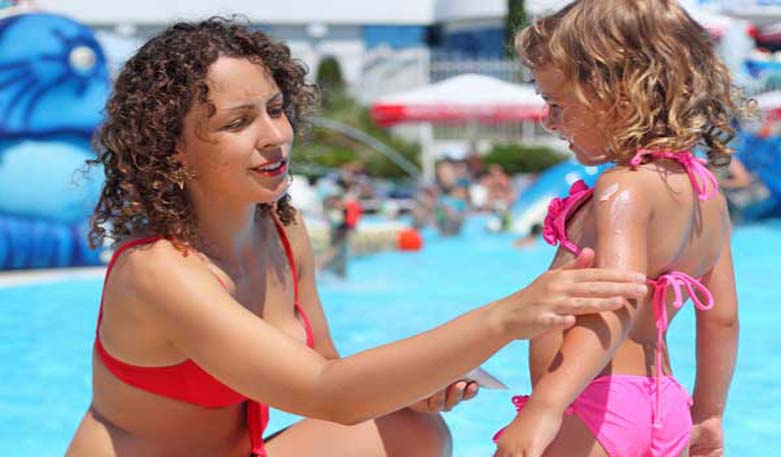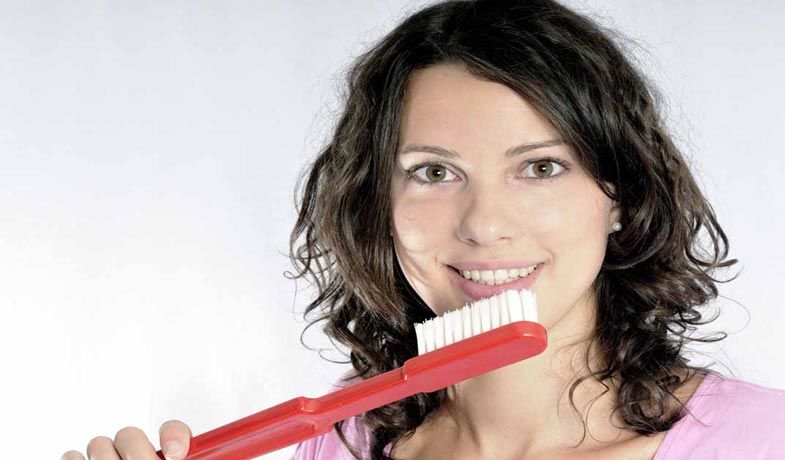Our immune system and skin are already damaged when even slight redness occurs. Children’s skin is particularly sensitive to sunlight because the skin’s own UV protection is not yet fully developed. The risk of suffering sunburn is therefore many times greater.
Even a severe sunburn in childhood increases the risk of developing skin cancer later in life. Furthermore, the protective ozone layer is decreasing and more ultraviolet radiation reaches the Earth. This can damage the skin. Shortwave UVB rays cause skin tanning, can cause sunburn and are responsible for late pigmentation. By directly damaging the genetic material of epidermal cells, they play a fundamental role in the development of skin cancer. Long-wave UVA rays do not cause redness or tanning of the skin, but they can destroy elastic fibers and promote skin cancer. To protect their skin, you should only let your little ones go out with cream applied, whether on the beach, in the garden or on a walk.
Sun protection is easy to integrate into everyday life, because the earlier children learn to protect themselves adequately from the sun, the more likely they are to do so throughout their lives. Young children up to one year of age should not be exposed to direct sunlight and avoid putting sunscreen unnecessarily on their delicate skin. Be careful with baby oil: it promotes skin sensitivity to light!
Loose, light clothing with textile sun protection is ideal for protecting children’s skin. After the first year of life, in addition to sun-protective clothing, specific creams for children’s skin should also be used. Sun creams and lotions that have at least sun protection factor 15 are ideal. But be careful! Although sunscreen helps against sunburn, it does not protect against skin cancer. Sunscreen also does not prevent the formation of moles – and these are directly linked to melanoma skin cancer. Anyone who has many moles or had them as a child has a significantly higher risk of developing black skin cancer as an adult. That’s why it’s important to protect children from direct sunlight and, above all, give their skin time to get used to the sun.
It’s best to rub uncovered skin with sunscreen half an hour before being in the sun. This is the only way for sun protection to develop fully. A sun hat also protects your face and neck from burns. For young children, peaked caps with a neck bib offer the best overall head protection. Sunglasses with a good UV filter can prevent eye infections. UV protective clothing, made from highly elastic and breathable microfiber, is also very useful in protecting children’s skin from UV rays.
The best prevention is to play or stay in the shade, especially at lunchtime. But the cream is also needed in the shade. Bare skin, such as when splashing in water, needs to be particularly well protected: Use waterproof cream with a high sun protection factor or sunscreen. Applying the cream is necessary even when the sky is cloudy, as up to 80% of UV rays reach the earth despite the clouds. Dry children immediately after splashing or bathing, as water droplets act like a magnifying glass on the skin.
And if something goes wrong: Babies and young children with sunburn need to be seen by a doctor!





